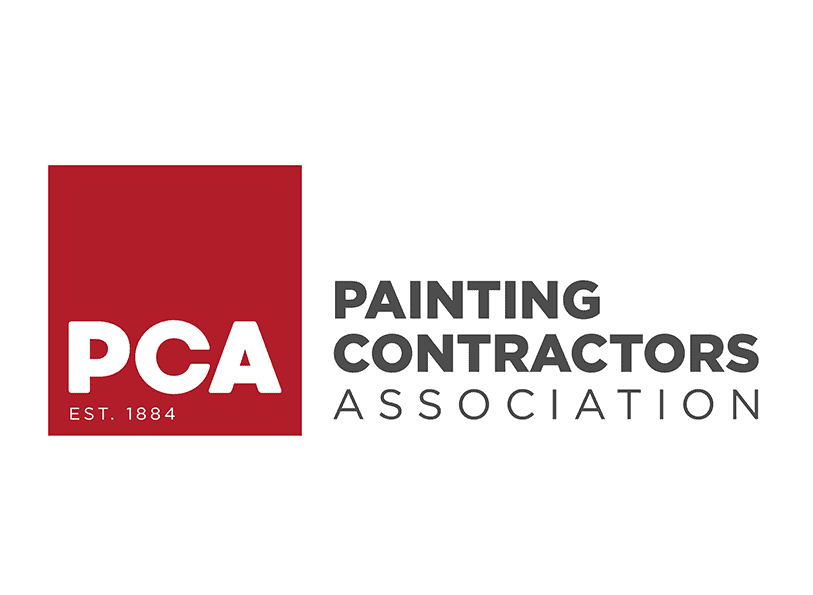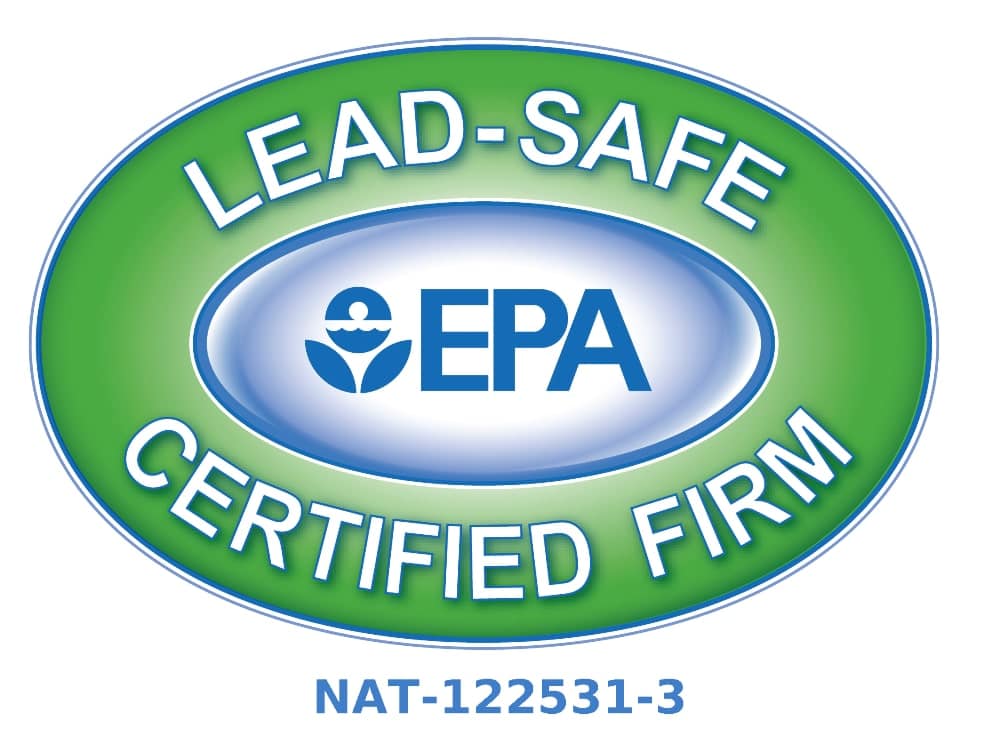27 Jan Why do my walls have cracks?
Any homeowner will know that, unfortunately, drywall cracks. There are causes of drywall cracks, but the overarching theme is that the cracks are unattractive and need to be addressed. More importantly, you’ll want to get to the root cause of any drywall crack because the reasons aren’t always benign.
Causes
The leading causes of drywall (also called sheetrock and gypsum boards) cracking are foundation settlement or shifting, humidity in the home, temperature fluctuations, and seismic activity. All of these conditions will cause the drywall’s organic materials to crack. Let’s take a closer look at each of these.
Foundation Issues
One of the most concerning causes of drywall cracking is foundation problems. Some settling over time is expected. However, if your foundation settles (moves down into the ground) or heaves (moves the foundation up), there will be drywall cracking from the stress of the movement. Too much foundation movement signals a big problem, and you will want a professional evaluation. But first, you should know how to identify more serious foundation cracks:
-
-
-
- Cracks that continue to expand or widen with time
- Cracks that are thicker than a quarter-inch
- Cracks that form at door/window frames
- Cracks that appear to stairstep through drywall
- Drywall that is bulging or bowing
-
-
If your crack falls into any of these categories, it’s critical to get a foundation evaluation before you address the cracking, which is a cosmetic fix. (If you try to repair drywall before the foundation, the crack will reappear as the foundation continues to shift.)
New Construction Settling
It’s not unusual for a new homeowner to awaken to a drywall crack as the new house settles during the first year. How much it settles and whether it causes drywall crack sometimes – but not always – comes down to the quality of the construction materials used. Mass-produced homes can be more prone to settling than custom-built houses. Mass production house builders tend to be on a tight schedule and, thus, more reliant on new undried wood. New undried wood contains moisture and will eventually shrink as it dries out. As it shrinks, it can cause small drywall cracks. While these are unattractive, they’re relatively harmless and can be fixed. However, we don’t recommend making those repairs until after the first year of construction to allow the wood to dry out fully.
Vacant Homes
Unattended and vacant homes can experience drywall cracks. Cracks can happen in homes that go unoccupied for several months. It’s essential to ensure even climate control that accounts for temperature and humidity. Extreme temperature or humidity inside your home can cause drywall cracks.
Bad Taping
When drywall (also known as sheetrock) is installed, mudding and taping are used at the seams. If this isn’t done correctly, cracks will eventually develop as the tape begins to curl up from the mudding. (This is why it’s important to use a good building contractor.) You might have to retape if the cracking is severe enough. If you don’t have experience with this, we suggest hiring a professional.
Leaks & Water Damage
Another cause of drywall crack can be a leak from a water pipe, window, door frame, roof, or chimney. Drywall is composed of organic materials, which can absorb water easily and cause staining and cracking or wrinkling of the drywall. These types of drywall cracks will feel wet or moist, even if you can’t see the moisture itself. Before fixing the drywall damage, you must address the cause of the water or moisture and allow the drywall to dry thoroughly. Once the drywall is completely dry, then the crack can be repaired.
We’re here to help if you need assistance with drywall cracks throughout your home. We have over two decades of experience in Northern Virginia homes and offices as a reliable painting contractor.
FAQ
1. What are the most common causes of cracks in my walls?
Cracks in walls can result from several factors, including natural settling of the building, temperature and humidity changes, moisture or water damage, poor construction techniques, and even the use of low-quality materials. Minor cracks are often a normal sign of aging, while larger or growing cracks may point to more serious structural issues.
2. How can I tell if a wall crack is serious or just cosmetic?
Hairline cracks or those that appear only in the paint or plaster are usually cosmetic and not a cause for concern. However, wide, long, or diagonal cracks—especially those near doors, windows, or corners—may indicate foundation movement or structural problems. If you notice cracks getting larger over time, it’s best to consult a professional.
3. Can moisture or water leaks cause wall cracks?
Yes, moisture is a leading cause of wall cracks. Water infiltration from leaks, plumbing issues, or high humidity can weaken wall materials, leading to cracks. Signs of moisture-related cracks may include staining, bubbling, or peeling paint in addition to the cracks themselves.
4. Does poor painting or drywall installation contribute to wall cracks?
Improper surface preparation before painting, using incompatible paint types, or poorly taped drywall joints can all lead to cracks in both the paint and the underlying wall. Over time, these issues can cause the paint to peel or crack and may even result in visible gaps along seams.
5. When should I be concerned enough to call a professional?
You should seek professional advice if you notice cracks that are wide, growing, or accompanied by other issues like sticking doors/windows, sloping floors, or water damage. These can be signs of foundation settlement or other structural problems that require expert assessment and repair.

Mike Katounas is the owner of Home Works Painting, a painting business in Northern Virginia. He has over 15 years of experience in residential interior and exterior painting, drywall installation/repair, carpentry, wallpaper removal, power washing, commercial painting, color consultation, and staining/sealing. Their service areas include Chantilly, Fairfax, Herndon, Oakton, Reston. Mike takes pride in his work, and he always follows a strict code of conduct that includes the use of quality paint, a clean workspace, and an honest, respectful approach to his customers.












Sorry, the comment form is closed at this time.